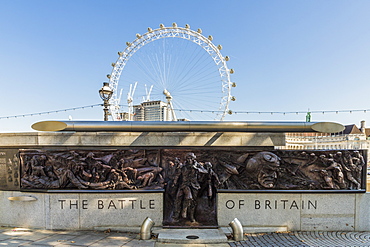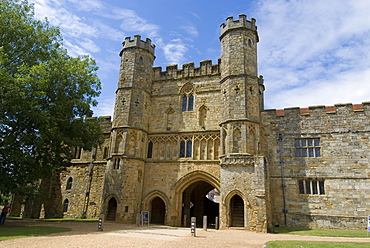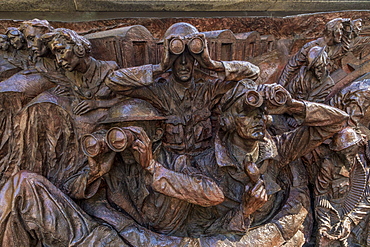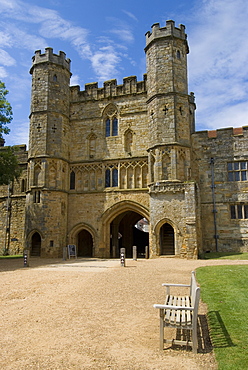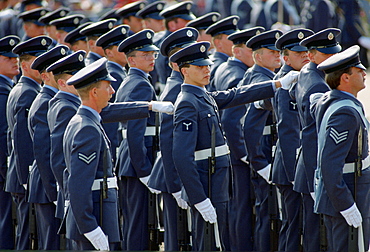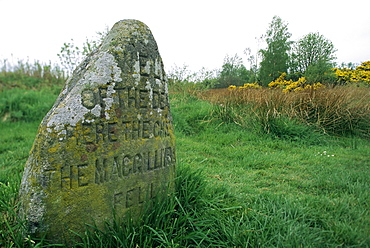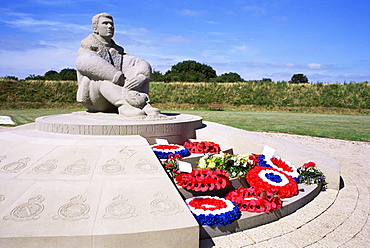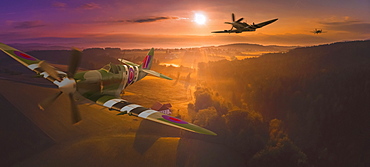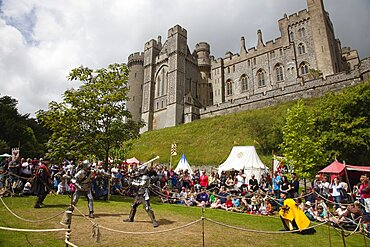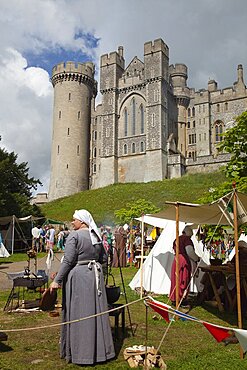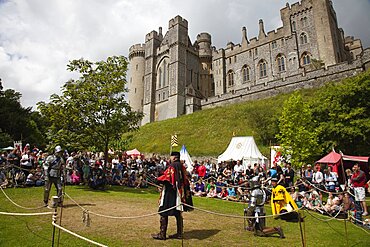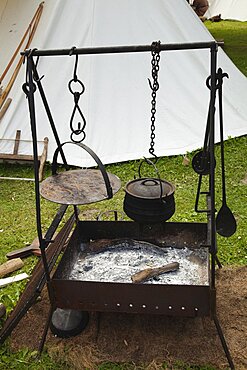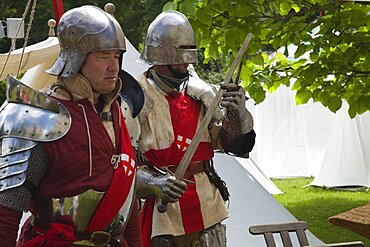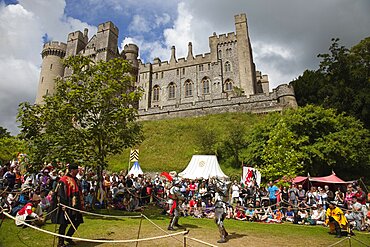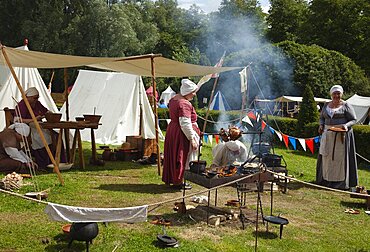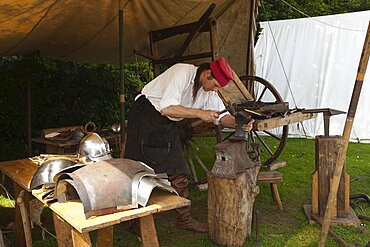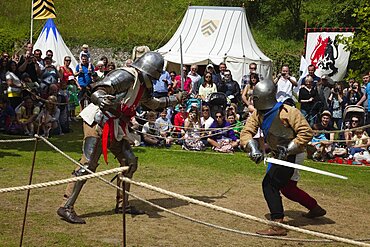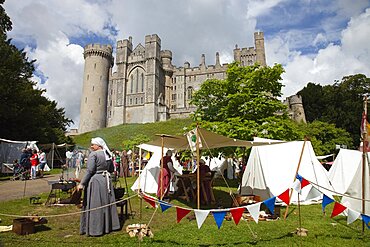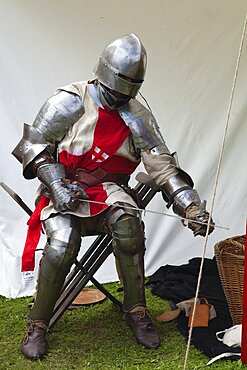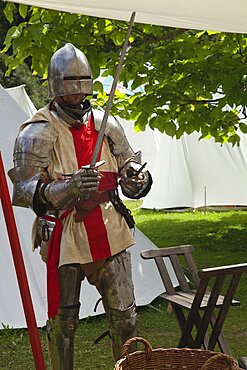Results
19 results found
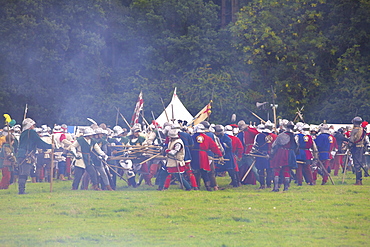
Battle of Bosworth Field Re-enactment, Market Bosworth, Leicestershire, England, United Kingdom, Europe
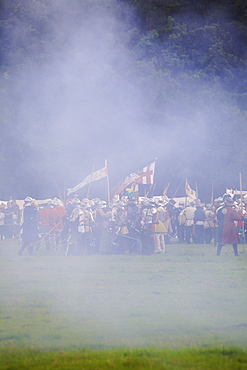
Battle of Bosworth Field Re-enactment, Market Bosworth, Leicestershire, England, United Kingdom, Europe
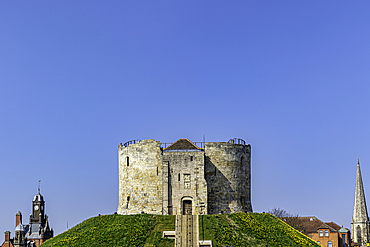
Medieval stone tower on a grassy hill with clear blue sky, flanked by church spires in the background, Clifford's Tower, York, North Yorkshire, England, United Kingdom, Europe
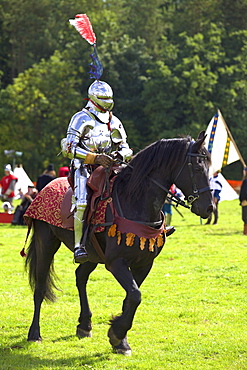
Battle of Bosworth Field Re-enactment, Market Bosworth, Leicestershire, England, United Kingdom, Europe

Battle Abbey precinct, site of Battle of Hastings 1066, Battle, Sussex, England, United Kingdom, Europe

Battle of Bosworth Field Re-enactment, Market Bosworth, Leicestershire, England, United Kingdom, Europe
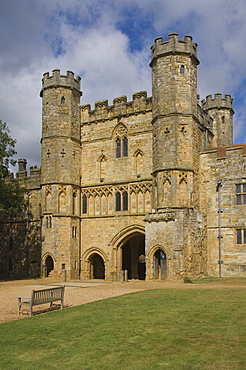
The entrance gatetower to Battle Abbey, site of the Battle of Hastings, 1066, Battle, East Sussex, England, United Kingdom, Europe
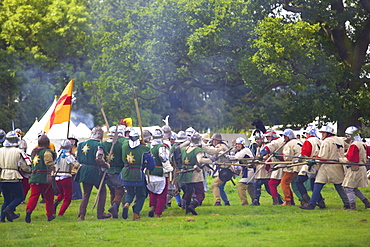
Battle of Bosworth Field Re-enactment, Market Bosworth, Leicestershire, England, United Kingdom, Europe
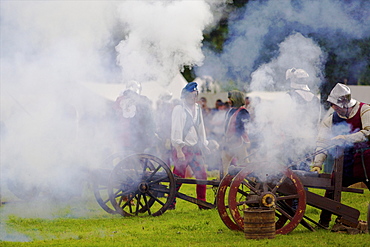
Battle of Bosworth Field Re-enactment, Market Bosworth, Leicestershire, England, United Kingdom, Europe
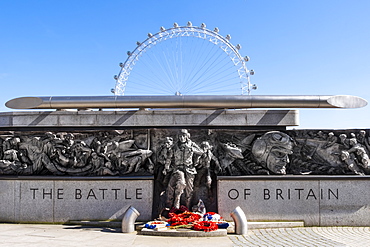
The RAF Battle of Britain Memorial Monument by British sculptor Paul Day, with the London Eye behind, London, England, United Kingdom, Europe
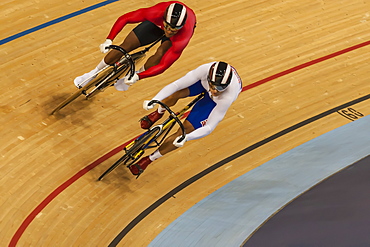
Track cycling battle in the velodrome, London 2012, Summer Olympic Games, England, United Kingdom, Europe
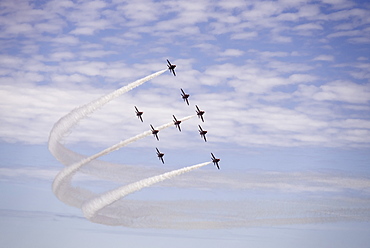
Red Arrows display team at Bournemouth Air Festival in the shape of a Spitfire commemorating the Battle of Britain, Bournemouth, Dorset, England, United Kingdom, Europe

Bosworth Battlefield Country Park, site of the Battle of Bosworth in 1485, Leicestershire, England, United Kingdom, Europe

Lancaster Bomber, Battle of Britain Memorial Flight, South Bay, Scarborough, North Yorkshire, England, United Kingdom, Europe
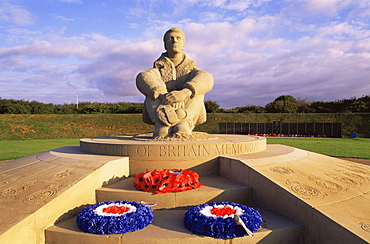
The Battle of Britain Memorial at Capel-le-Ferne, near Folkestone, Kent, England, United Kingdom, Europe
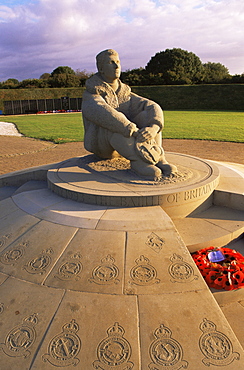
The Battle of Britain Memorial at Capel-le-Ferne, near Folkestone, Kent, England, United Kingdom, Europe

Close-up of a golden eagle's (Aquila chrysaetos) head with a catchlight in its eye in bright sunshine against a blurred grassy background. Shot with a Nikon D800 at Battle Abbey; Battle, East Sussex, England,
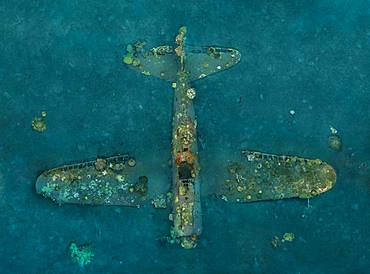
Tara Pacific expedition - november 2017 Zero wreck, vertical view Orthomosaic from 3D photogrammetry (13500 x 10000 px). D: 15 m Kimbe Bay, papua New Guinea, Coral growth on this wreck is from a period of 74 years ! The ZERO, is a Japanese WW2 fighter plane wreck. This Zero wreck was discovered in January 2000 by local William Nuli while he was freediving for sea cucumbers. He asked the Walindi Plantation Resort dive team if they might know what it was, and when they investigated they uncovered the intact wreck of a Zero fighter, resting on a sedimented bottom in 15 m depth. This World War II Japanese fighter is almost completely intact. The plane is believed to have been ditched, the pilot is believed to have survived, but was never found on the island. He never returned home. Maybe he disappeared in the jungle? On 26th December 1943, during the battle of Cape Gloucester, the Japanese pilot made an emergency landing, ditching his Mitsubishi A6M Zero plane into the sea approximately 100m off West New Britain Province. The plane was piloted by PO1 Tomiharu Honda of the 204st K?k?tai. His fate is unknown but it is believed the he made a controlled water landing after running out of fuel and survived. Although he failed to return to his unit, the plane was found with the throttle and trim controls both set for landing and the canopy was open. There are no visible bullet holes or other shrapnel damage and the plane is still virtually intact after over 70 years underwater. It is a A6M2 Model 21 Zero, made famous for its use in Kamikaze attacks by the Japanese Imperial Navy. The wreck has the Manufacture Number 8224 and was built by Nakajima in late August 1942.

Tara Pacific expedition - november 2017 Kimbe Bay, papua New Guinea, Zero wreck: Coral growth on this wreck is from a period of 74 years ! D: 15 m The ZERO, is a Japanese WW2 fighter plane wreck. This Zero wreck was discovered in January 2000 by local William Nuli while he was freediving for sea cucumbers. He asked the Walindi Plantation Resort dive team if they might know what it was, and when they investigated they uncovered the intact wreck of a Zero fighter, resting on a sedimented bottom in 15 m depth. This World War II Japanese fighter is almost completely intact. The plane is believed to have been ditched, the pilot is believed to have survived, but was never found on the island. He never returned home. Maybe he disappeared in the jungle? On 26th December 1943, during the battle of Cape Gloucester, the Japanese pilot made an emergency landing, ditching his Mitsubishi A6M Zero plane into the sea approximately 100m off West New Britain Province. The plane was piloted by PO1 Tomiharu Honda of the 204st K?k?tai. His fate is unknown but it is believed the he made a controlled water landing after running out of fuel and survived. Although he failed to return to his unit, the plane was found with the throttle and trim controls both set for landing and the canopy was open. There are no visible bullet holes or other shrapnel damage and the plane is still virtually intact after over 70 years underwater. It is a A6M2 Model 21 Zero, made famous for its use in Kamikaze attacks by the Japanese Imperial Navy. The wreck has the Manufacture Number 8224 and was built by Nakajima in late August 1942.
